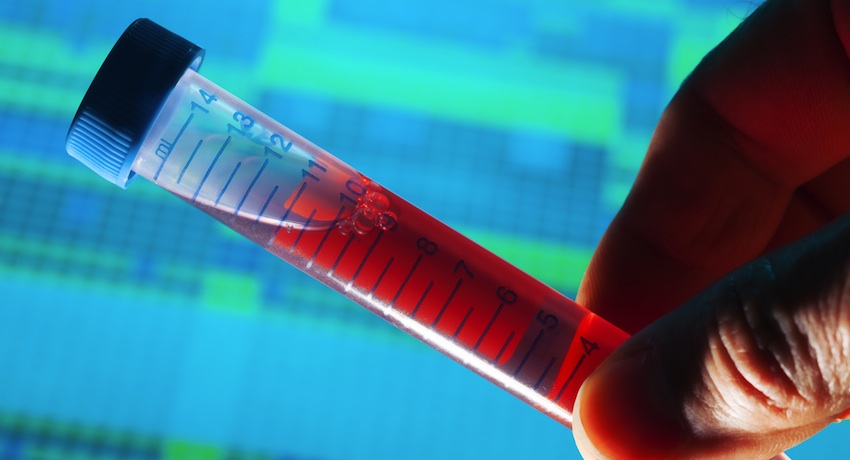Coming Soon: A Blood Test for Autism

Blood test image via Shutterstock.
Because of a $15.4 million grant from Google Ventures, Boston-area researchers are testing whether a blood test could lead to earlier diagnoses of autism in children.
Two Boston Children’s Hospital researchers recently developed a blood test that they hope will help doctors identify autism earlier. SynapDx, a Lexington company, will use Google Venture’s funding to complete a clinical trial of the test this year. They will test 660 children between the ages of 18 months and 5 years, including young patients from Massachusetts General Hospital and Boston Children’s hospital, the Boston Herald reported on Tuesday.
The CDC reports that currently 1 in 88 children have been identified with an autism spectrum disorder in the United States, and the disorder is almost five times more common among boys than among girls. This blood test would lead to an earlier diagnosis, which would hopefully improve treatment and care for children who struggle with the disorder.
In the Herald article, Stan Lapidus, SynapDx’s CEO, said that his hope is to identify autism in children as young as 18 months, which is far earlier than 4 and a half, the current average age of diagnosis. Wendy Fournier, the president of the National Autism Association, says in the article:
“With earlier diagnosis, you can start treatment sooner. And the younger you start treatment, the better a child’s outcome is going to be.”
Why did Google Ventures choose to put this much money into new tests for autism research? And why did they choose SynapDx, a small company with only 18 employees? Dr. Krishna Yeshwant, a general partner at Google Ventures, said that autism research is ripe for a transformation right now, according to the Herald:
“Stan and the SynapDx team have approached autism in an incredibly thoughtful way to achieve this transformation,” Yeshwant said. “They have assembled the right team, are working deeply with patient groups, and have a level of technical sophistication that we haven’t seen in the space before.”


